DENMARK & NORWAY: ROYALLY RICH IN BREATHTAKING BEAUTY, FROM CASTLES TO FJORDS
PART 1: VIKINGS DID NOT HAVE HORNS ON THEIR HELMETS
Plunging waterfalls descending from steep rocky mountain walls and glacial gray splashing water into deep shimmery fjords of Norway are not photo-shopped by travel magazines.
Danish pastries are actually called Vienna bread in Denmark, and contrary to belief, they are not one of the country’s better known exports. Bacon is.
Pretty much everyone in Denmark and Norway speaks better English than many Americans.
Scandinavian countries take great care to preserve their heritage, architecture, and cultural norms.
Those are just some of the truisms my husband and I learned during our week’s stay in Denmark
followed by a two-week Odysseys Unlimited tour that began in Copenhagen before rolling through the rich diversity of Norway’s landscapes.
Sit back. Get comfortable as I take you on the journey we experienced, with information you may find useful in planning your own adventures.
DENMARK
Last time we visited Denmark was two years ago. I wrote about that trip in Scandinavian Adventures: Denmark, Sweden & Iceland, published in March, 2016. For the Denmark and Sweden segments, we were warmly guided to tourist attractions and locals-only haunts by our friends, Erik and Else Kaaber. That visit fueled our desire to share further exploration of Denmark with them, as well as see for ourselves the beauty for which Norway is recognized.
For the latter, we joined Odysseys for their Norwegian Splendor with Copenhagen tour. We thought of our week in Denmark with Else and Erik as our Friends, Family & Fun tour. We celebrated their family birthdays and family gatherings in rural area contemporary houses and enjoyed a barbeque of steaks and curried sausages with a group of other Danish friends in a house that overlooks the ocean. We wandered through small villages, visited palaces, admired historic architecture, and ate… and ate.
Køge (pronounced something like Koo-a), is a charming seaport on the coast of Denmark, southwest of Copenhagen. We spent six nights at Hotel Niels Juel, a harbor-side rustic hotel named for a famous Danish sea captain. The prime location meant we could easily walk into the center of the city and walk out the hotel’s back door to the restaurants lining the harbor.
What we saw:
Danes are quite friendly. As Russ, my camera-toting husband, and I were gazing at a red brick church, a local stopped to tell us it is one of the oldest buildings in Denmark, built in the 1600’s. Then he proudly pointed out the Town Square. We had noticed that slightly-askew ground floor windows of the buildings surrounding the square appeared to be quite low to the ground. He explained that the town square, now the largest in Denmark, had originally been built many feet lower. Over the years, dirt was continually added to elevate the floor, making the building windows appear lower. Every Wednesday and Saturday, rain, snow or sunshine, there’s a farmer’s market in the square. Each summer day of the farmer’s market, regionally-represented singers and dancers garbed in colorful embroidered costumes entertain while flower vendors, cheese artisans, and bakeries hawk their wares.
Where we ate:
The breakfast buffet at Hotel Niels Juel restaurant may have been smaller than others we encountered later, but it held many of the same ingredients. It was the first time we’d seen salad items for breakfast, but that proved to be common for the rest of the trip. Breads were always warm from the oven, butter rich and creamy, freshly made and locally-sourced preserves (strawberry, raspberry, apricot, blueberry, orange etc), an assortment of cheeses included many with which we were unfamiliar, and the bacon wasn’t cooked enough for us to eat any. It was the first of all our breakfast buffets where the coffee was strong and diners were expected to grab a pot to keep at their individual table.
Café Sapore – Our friends proudly announced that this Italian restaurant was actually owned by Italians. We had pizza. It was exceptionally wonderful.
Café Vanilla – My best advice is, don’t even think about eating here. We stopped here for a beverage and decided to order a nacho platter to snack on. The nachos were soggy chips with a smattering of salsa and cheese. The guacamole was emerald green with no semblance of guacamole in taste or texture. The dish was accompanied by burnt onion rings and something that was supposed to be egg rolls, also badly burned. The wait staff was unconcerned.
Bone’s– Hankering for a taste of Americana? We wouldn’t typically eat at an American-styled restaurant when travelling out of country, but our friends had recently tried the new restaurant and thought we’d love it. The place is pure kitsch. The walls are decorated with sports heroes or movie and singer celebrities going back decades, but mostly from the 1950’s. Display cases are crammed with memorabilia, much of it from that same time period. Piped in music are all American oldies-but-goodies. As for the food: the salad bar is fabulous. I could have happily just eaten the large variety of veggies, cheeses, olives, nuts and crunch toppings, but I did eat some of Russ’ sparerib platter. Generous portions of French fries and ribs. The ribs didn’t have any of the seasonings we’d expect, but they were still juicy, tender and tasty.
Roskilde
Russ and I watch a few TV shows about Vikings, so one of the places Russ most wanted to see was a Viking museum. Enroute to the Roskilde Viking Museum (Roskilde), we occasionally passed large grassy mounds in the fields. Erik, whose own ancestry earmarks him as a genuine Viking (though he pronounces it Wiking), noted they are Viking circles, places where their leaders were buried. Like Indian burial mounds in America, they are sacred earth. Roskilde Viking Museum’s exhibitions include five unique Viking ships which were excavated in 1962. At the end of the Viking Age in the late 11th century, a system of barriers was erected to protect Roskilde’s Church and royal dwellings. These ships were from one of those barriers. One of the fascinating aspects of seeing these full-scale boats is that boat builders reconstruct them onsite using tools from that period. For Russ and me, the eye-opener came that Vikings never wore horns on their helmets and unlike the fiercely-scary characters in American films, they did not have black tattoos over their faces and heads. Fooled you too, huh?
Roskilde Cathedral is a Lutheran church built during the 12th and 13th centuries and unlike many churches which are used today mainly as museums, this is a working church. As the first Gothic church built entirely of brick, it became the vanguard for future construction made of brick. Roskilde Cathedral is beautiful in its simplicity. Nowhere is the ornate gild found in other ancient churches. Now a UNESCO World Heritage site, it was Zealand’s only cathedral until the 20th century. What has sealed its place in Danish history is that it has been the main burial site for Danish monarchs since the 15th century.
Elsewhere in Denmark
Sunny warm summer days have been rare in Denmark the past few years, but we were fortunate the afternoon we took a scenic 55-minute boat ride on Denmark’s deepest lake at Baadfarten, a nature preserve surrounding three lakes. The tour took us on a natural stream which emerged after the ice age and was excavated in the 1880s as part of Copenhagen’s defense. We went through a swampy forest area where more than 300 species of plants grow. Then we sat outside on the patio of Sophienholm, a converted mansion and dined lakeside, followed by a tour of their art gallery.
Kloster Gisselfeld Castle (Sealand), a former monastery, is Denmark’s fifth-largest estate. The grounds are manicured. We walked through a tree-lined path to first explore a privately-owned greenhouse, gardens and mini-café where we enjoyed freshly made apple cake and coffee before heading to the three-story Renaissance-style building built from 1547 to 1575. Built originally for defense, and never needed for that, the complex has stepped gables and large stables no longer used for horses. The adjoining lake, regularly visited by Hans Christian Andersen, was the inspiration for his Ugly Duckling story.
Agerskov, a South Jutland village, was an overnight stop after a brief visit into Germany during the afternoon to Schleswig-Holstein, one of 16 states in Germany, to search for where Russ’ father’s family had dwelled.
Agerskov Kro & Hotel is a cozy inn that dates back to the 1700s. Erik and Else had highly recommended the Agerskov Kro & Hotel for both lodging and dinner on our final night together. The owner family has spent millions won in a lottery to update the amenities in the guestrooms and in the hotel’s restaurant. We stayed in a large room with a large bathroom and great WiFi. We dined on upscale Danish cuisine in their elegant, white linen and fine china dining room that evening. An extensive salad buffet in a retro-wallpapered room that also served breakfast began the meal. If we had not already ordered our meal, I wouldn’t have needed anything more. Our meal was delightful. Mine began with a bowl of creamy asparagus soup. I have never before had an asparagus soup that came even close to this perfection. The breakfast buffet the next morning was equally as impressive as the salad bar had been. Fresh breads, homemade jams, sausages, meats, cheeses and delicious coffee.
Ribe’s claim to fame is being the oldest town in Denmark. We only had an afternoon to browse small streets of squeezed-together fishing village-styled houses, peek into shops, and eat lunch, before heading back to Copenhagen to begin our Odysseys Unlimited tour, so didn’t get to explore some of the attractions for which this South Jutland city is known, such as Ribe Cathedral, which contains Denmark’s only five-aisled church. Much to Russ’ dismay, neither did we get to visit the Ribe Vikings museum or the Ribe Viking Centre, where one can walk around a reconstructed life-size Viking estate.
Elsewhere we ate:
One afternoon Erik and Else took us a rustic inn called Lods-Kroen in the old fishing hamlet of Bisserup. The inn’s restaurant décor reflects its fishing and farming history: old dark woods, fishing nets placed strategically, and wide windows with harbor views. No surprise that they specialize in fresh fish, especially fried eel and large plaice. Erik and Else ate fried plaice (a mild white fish) on an open-faced sandwich… a typical Danish lunch. Russ’ servings of five tarteletter (meaning little cup) that I helped him eat his in addition to my salad. The tarteletter was scrumptious, a generous filling of chicken in asparagus sauce.
GERMANY
Our jaunt into Germany to seek Russ’ ancestral ties proved unsuccessful, even after searching all the headstones at a church.
Where we ate:
Restaurant Dravendahl (Breklum, Germany) was the first place we’d been to where very little English was spoken. The small village likely sees few Americans. The first restaurant Erik’s guidebook suggested was closed, so we drove a bit further and found the Dravendahl hotel and restaurant. Welcoming aromas and curious stares from obvious locals greeted us. Thankfully, Else speaks some German and we ordered the day’s special: schnitzel-styled chicken with a white gravy, boiled potatoes and a vegetable. Simply prepared and presented, but quite delicious and filling.
www.hotelnielsjuel.dk
www.sapore.dk
www.cafevanilla.dk
www.bones.dk
www.vikingshipmuseum.dk
www. roskildedomkirke.dk
www.baadfarten.dk
www.gisselfeld-kloster.dk
www.lodskroen.dk
www.dravendahl.de
www.agerskov-kro-og-hotel.hotel-in-denmark.com
PART 2: DANISH ROYALITY: FROM THE QUEEN’S RESIDENCE TO HAMLET’S CASTLE TO KAREN BLIXEN’S SANCTUARY. Our Norwegian Tour with Odysseys Unlimited begins with three days in Copenhagen to attractions we had not explored before.
Photos by Russ Wagner (except for any photos of us)
Karen Kuzsel is a writer-editor based in the Orlando area who specializes in the hospitality, entertainment, meetings & events industries. She is an active member of ILEA and MPI and is now serving on the 2016 – 2017 MPI Global Advisory Board for The Meeting Professional Magazine for the second consecutive year. She is a member of the Society of Professional Journalists. Karen writes about food & wine, spas, destinations, venues, meetings & events. A career journalist, she has owned magazines, written for newspapers, trade publications, radio and TV. As her alter-ego, Natasha, The Psychic Lady, she is a featured entertainer for corporate and social events. karenkuzsel@earthlink.net; www.ThePsychicLady.com; @karenkuzsel; @thepsychiclady.


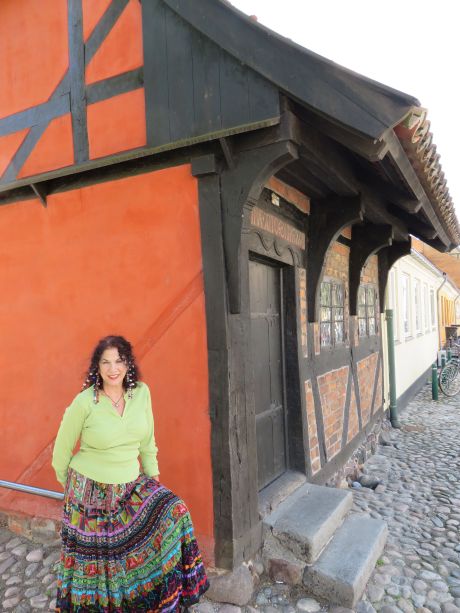
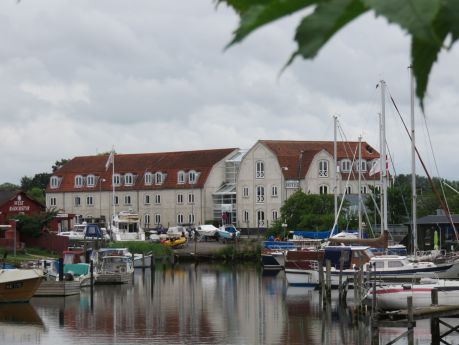
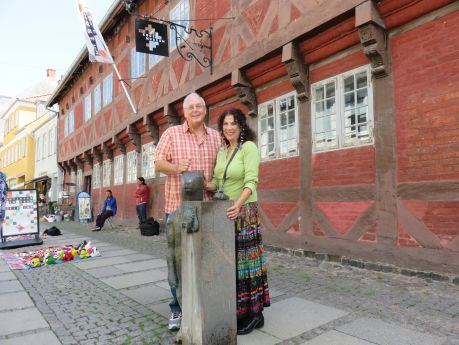
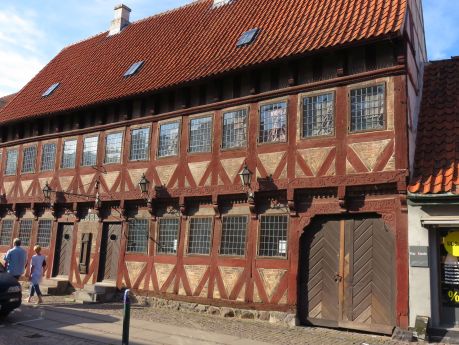
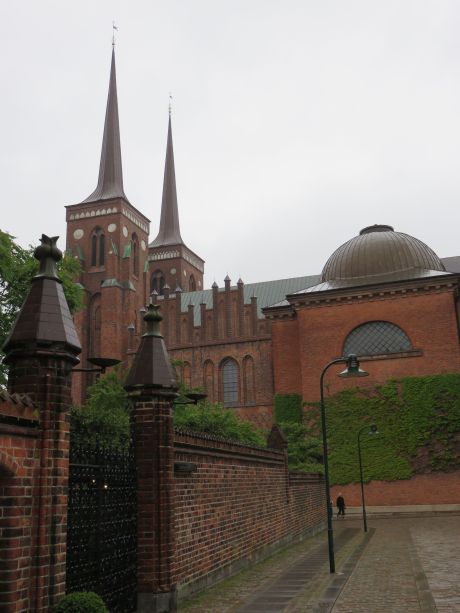
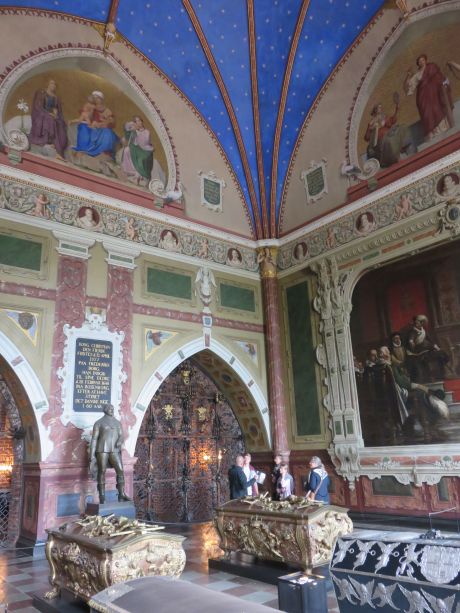
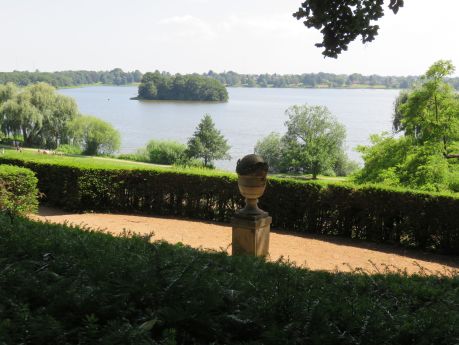
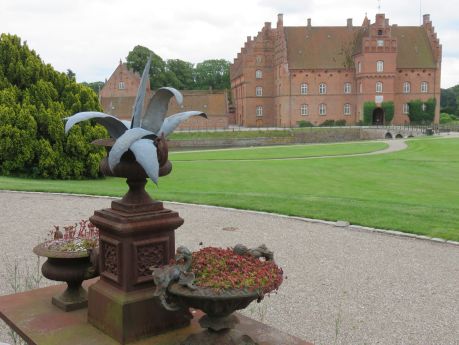

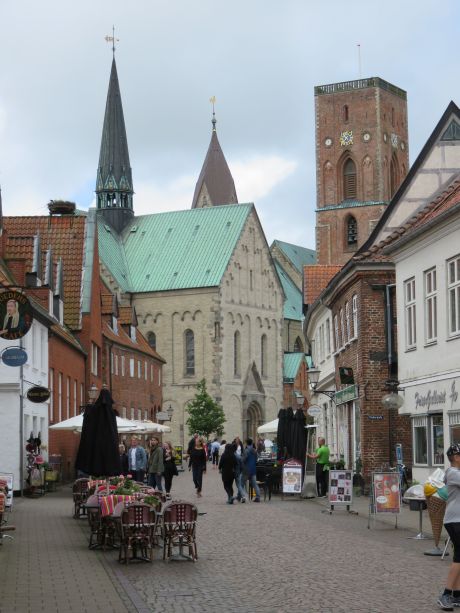
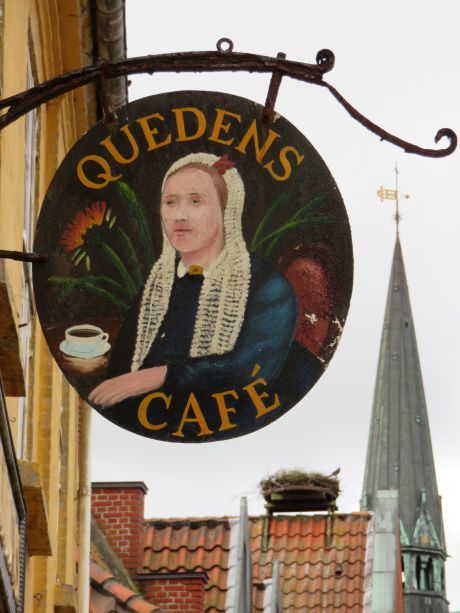
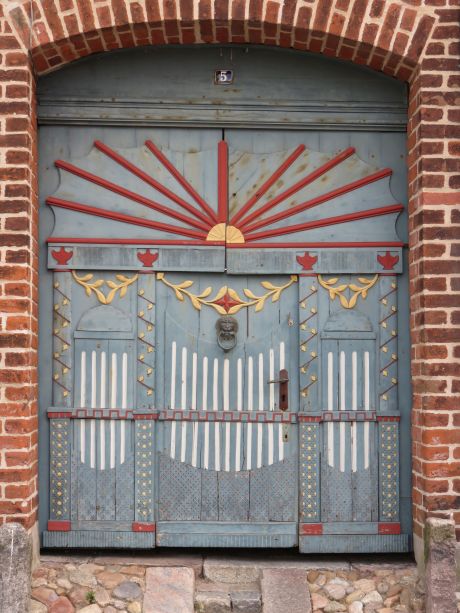
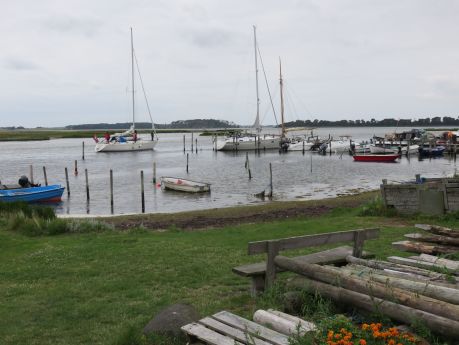
First off I want to say fantastic blog! I had a quick question in which I’d like to ask
if you don’t mind. I was interested to find out how you center yourself and clear
your head before writing. I’ve had trouble clearing my mind in getting my thoughts out there.
I truly do take pleasure in writing but it just seems like the first 10 to 15
minutes are usually wasted just trying to figure out how to begin. Any recommendations or
tips? Many thanks!
If you are truly asking a legit question and this is not a spam note as indicated by the site, I would be happy to answer as best I can. Please lmk.